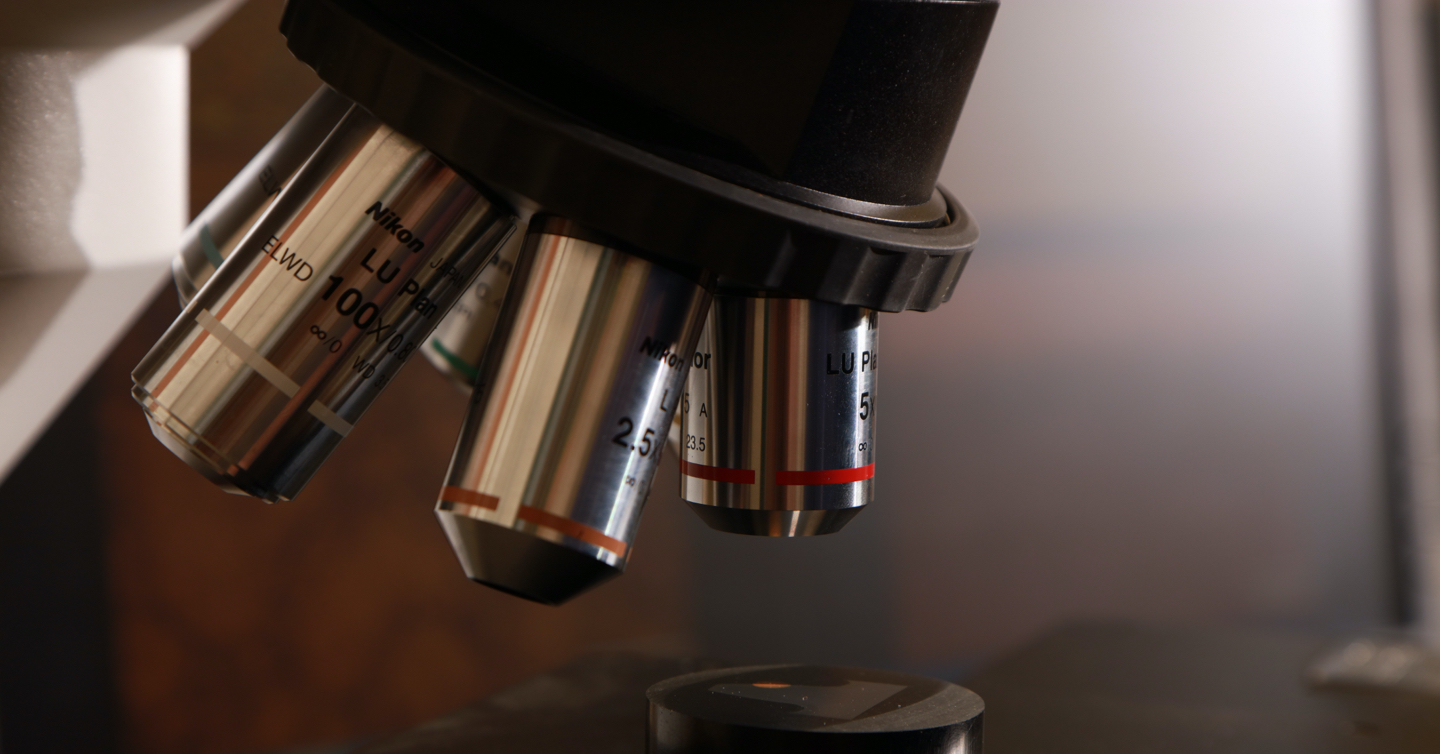Alex Boote
Improving the longevity of total joint replacements.
Email: a.boote1@ncl.ac.uk
linkedin.com/in/alex-boote
Project supervisors
- Dr Philip Hyde
- David Swailes
Project description
Polymethyl methacrylate (PMMA) bone cement has been the primary method for fixing implants to bone total hip replacements. This has been the case since their invention by Sir John Charnley. Bone cement is still the gold standard method for total hip replacement and knee replacement according to National Joint Registry data. But many implants still fail due to osteolysis between the bone cement and bone. This occurs most frequently on the acetabular side.
We are exploring the causes of failure of acetabular components. We are investigating how to adapt the surgical technique to improve the quality of the bone cement-bone interface. This would increase the longevity of total joint replacements, which could provide great savings for the NHS.
We use rheological characterisation to help us understand how bone cement reacts to external forces. We are using fluid dynamics to understand how cement flows during acetabular cup insertion. We use classical mechanics to instruct us about how to modify the current designs of surgical devices.
Interests
Fluid dynamics, bone cement, arthroplasty, mechanics.
Qualifications
BEng Mechanical Engineering
